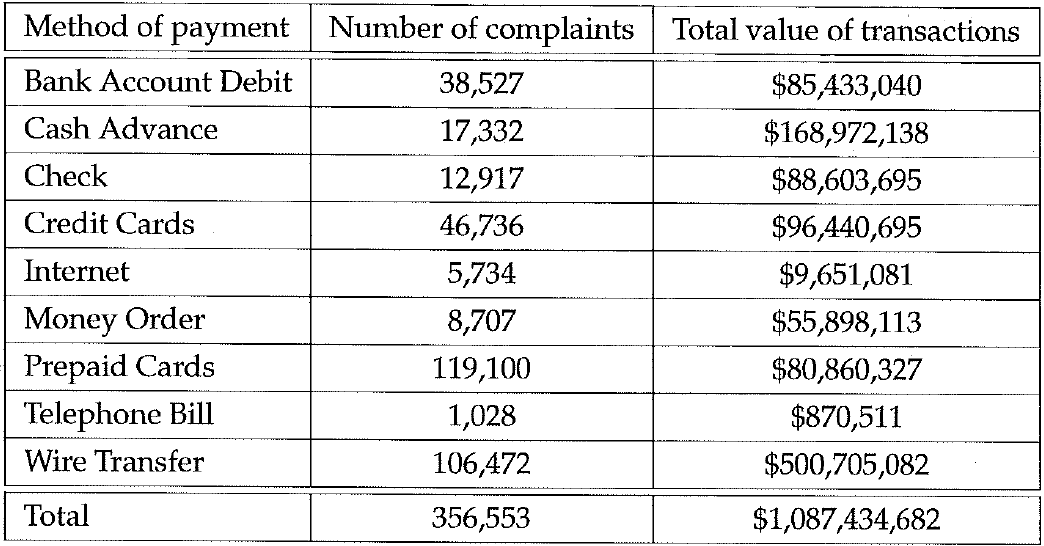GAUSS ELIMINATION METHOD
In mathematics, Gaussian elimination method is known as the row reduction algorithm for solving systems of linear equations. It consists of a sequence of operations performed on the corresponding matrix of coefficients.
We can also use this method to estimate either of the following :
- The rank of a matrix.
- The determinant of a square matrix
- The inverse of an invertible matrix.
To reduce the augmented matrix to row - echelon form you should follow the following steps :
Step 1 :
Locate the leftmost column that does not consist entirely of zeros.
Step 2 :
Interchange the top row with another row, if necessary, to bring a nonzero entry to the top of the column found in Step 1.
Step 3 :
If the entry that is now at the top of the column found in Step 1 is b, multiply the first row by 1/b in order to introduce a leading 1.
Step 4 :
Add suitable multiples of the top row to the rows below so that all entries below the leading 1 become zeros.
Step 5 :
Now cover the top row in the matrix and begin again with Step 1 applied to the submatrix that remains. Continue in this way until the entire matrix is in row - echelon form.
Solve the following systems of linear equations by using the Gauss elimination method :
Example 1 :
5x + 6y = 7
3x + 4y = 5
Solution :
The system of linear equations has the following augmented matrix.
The last matrix is in row - echelon form. The corresponding reduced system is :
x + 6y/5 = 7/5 ----(1)
y = 2 ----(2)
Substitute y = 2 in (1).
x + 6(2)/5 = 7/5
x + 12/5 = 7/5
Subtract 12/5 from both sides.
x = 1
Therefore the solution of the system is
x = 1 and y = 2
Example 2 :
4y + 2z = 1
2x + 3y + 5z = 0
3x + y + z = 11
Solution :
The system of linear equations has the following augmented matrix.
The last matrix is in row - echelon form. The corresponding reduced system is :
x + 3y/2 + 5z/2 = 0 ----(1)
y + z/2 = 1/4 ----(2)
z = -5/2 ----(3)
Substitute z = -5/2 in (2).
y + (-5/2)/2 = 1/4
y - 5/4 = 1/4
Add 5/4 to both sides.
y = 6/4
y = 3/2
Substitute y = 3/2 and z = -5/2 in (1).
x + 3(3/2)/2 + 5(-5/2)/2 = 0
x + 9/4 - 25/4 = 0
x - 16/4 = 0
x - 4 = 0
Add 4 to both sides.
x = 4
Therefore the solution of the system is
x = 4, y = 3/2 and z = -5/2
Example 2 :
3x + 6y - 9z = 15
2x + 4y - 6z = 10
-2x - 3y + 4z = -6
Solution :
The system of linear equations has the following augmented matrix.
The last matrix is in row - echelon form. The corresponding reduced system is :
x + 2y - 3z = 5 ----(1)
y - 2z = 4 ----(2)
From (2),
y = 2z + 4
Let z = t.
y = 2t + 4
Substitute y = 2t + 4 and z = t.
x + 2(2t + 4) - 3t = 5
x + 4t + 8 - 3t = 5
x + t + 8 = 5
Subtract t and 8 from both sides.
x = -t - 3
The solution of the system is
x = -t - 3
y = 2t + 4
z = t
For different values of t, we will have different values for x, y and z.
Therefore the system has infinite number of solutions.
If t = 0,
x = -3
y = 4
z = 0
If t = 1,
x = -4
y = 6
z = 1
If t = -1,
x = -2
y = 2
z = -1
Kindly mail your feedback to v4formath@gmail.com
We always appreciate your feedback.
©All rights reserved. onlinemath4all.com
Recent Articles
-
Best Way to Learn Mathematics
Jan 12, 25 11:03 PM
Best Way to Learn Mathematics -
Digital SAT Math Problems and Solutions (Part - 99)
Jan 12, 25 10:41 PM
Digital SAT Math Problems and Solutions (Part - 99) -
SAT Math Resources (Videos, Concepts, Worksheets and More)
Jan 12, 25 08:24 PM
SAT Math Resources (Videos, Concepts, Worksheets and More)
